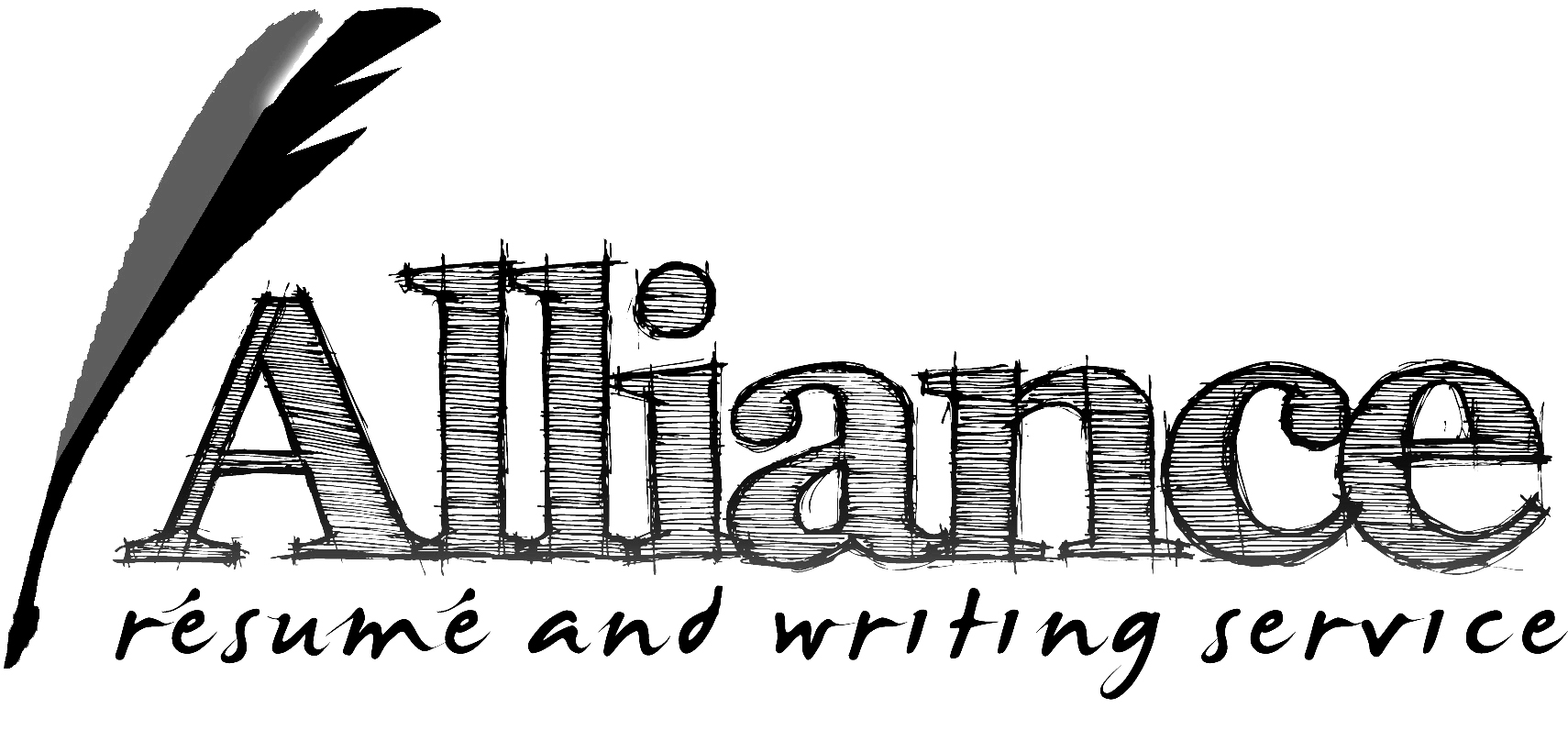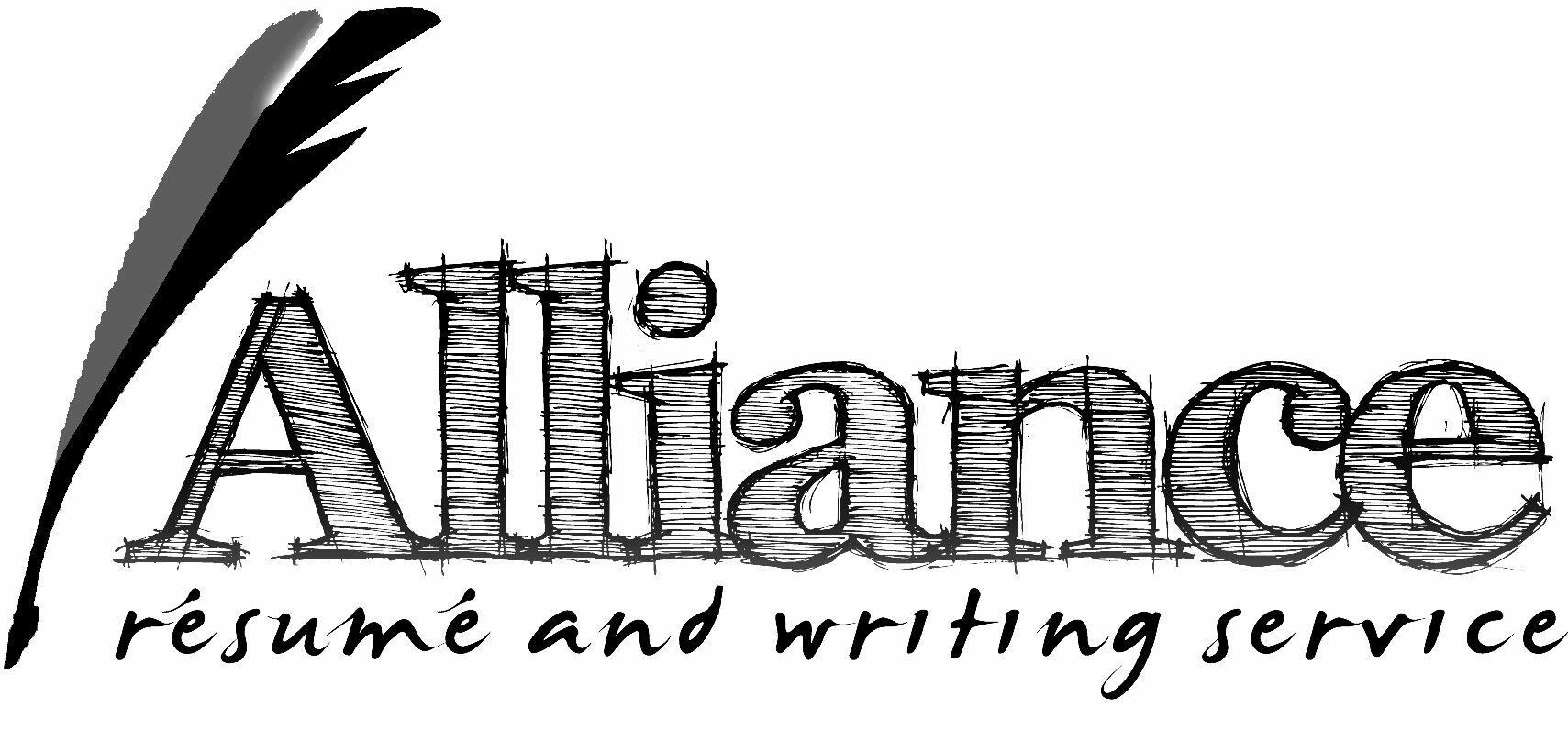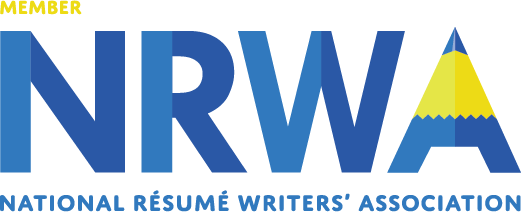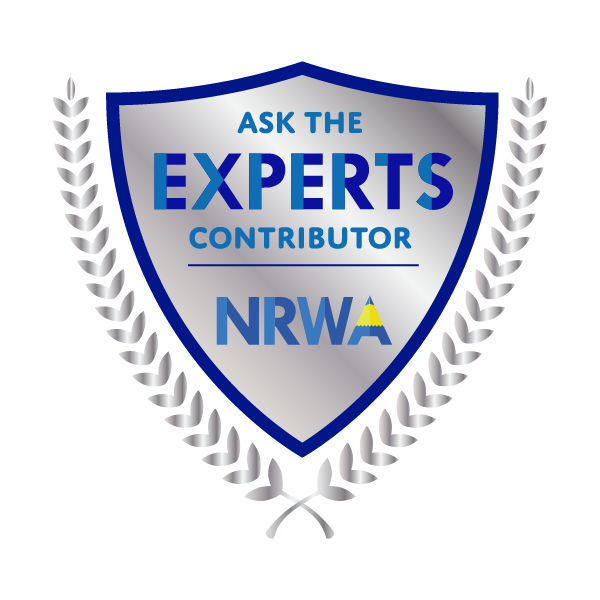By Mary Jo King, NCRW, NCOPE
Looking for work is a full-time job . . . conducting research, upgrading your résumé, networking, and writing letters. It can be tedious, but the devil is often in the details.
1. Pay attention to your public image. Is your email address professional? How about your voicemail message, your social network pages? What will a prospect find during an Internet search of your name?
2. Don’t wait to see a job post. More than 60% of available positions are never advertised anywhere. Develop your own “hit list” of employers that interest you – and make contact!
3. Apply in person whenever possible. Dress for an interview, and be prepared with a cover letter and résumé to leave with the “gatekeeper”. Remember, employees are often asked to provide feedback about job applicants. Your interview begins with the first company contact.
4. Keep and include recommendations. The best one(s) can be quoted in your résumé for extra oomph. Store all letters in the portfolio you take to interviews.
5. Snail-mail your résumé package, even after online submissions. Use a full-sized envelope (9×12) so your résumé arrives in pristine condition. Large envelopes receive priority attention!
6. Email documents as PDF files. They will retain design integrity and cannot be easily altered.
7. Upload documents in Word format. Use Microsoft Word (.docx or .doc) as your default format for uploading your resume into ATS systems; Word parses better in older applicant tracking systems (ATS). Upload PDF documents when instructed to do so and NEVER use Apple/Mac Pages documents.
8. ATS software can bite you at the beginning or the end of the process. Even if you land an interview through networking, the hiring authority may have to justify the hiring decision by scoring your résumé through the ATS. Make sure important keywords are represented.
9. Don’t underestimate the value of networking. Studies have shown that a significant percentage of seekers find work this way. LinkedIn is increasingly valuable in this regard, especially for professionals.
10. Develop a robust LinkedIn profile. Employers visit your profile to learn more about you. Recruiters trawl LinkedIn looking for qualified candidates because they want to avoid posting jobs whenever possible.
11. Create a list of references to take to the interview. Use three to five professional associates who have agreed to be on your list. These individuals should be reliable and ready.









Comments are closed